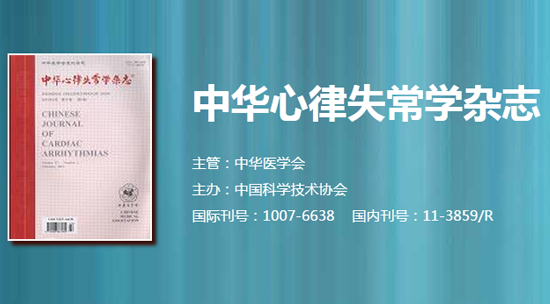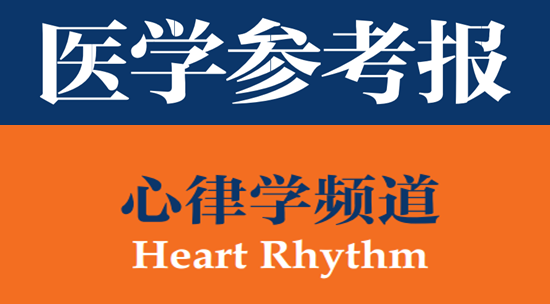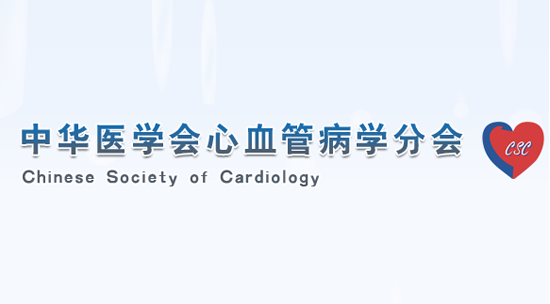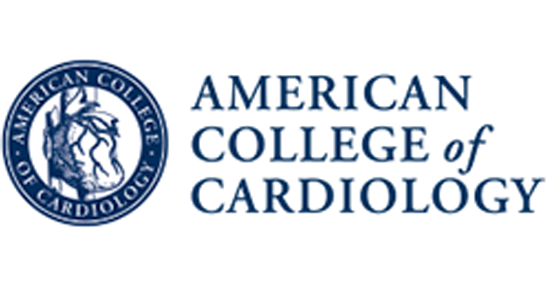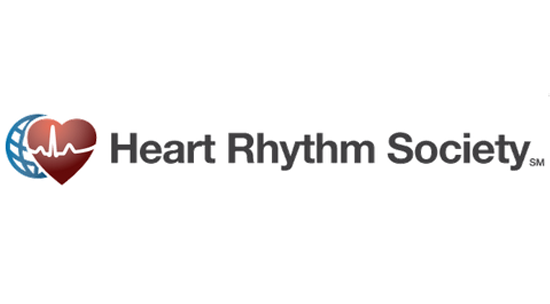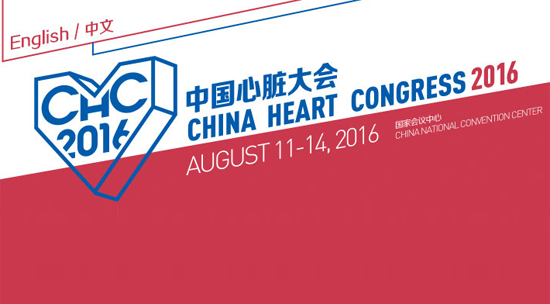HeartRhythm主编—陈鹏生教授语音速递(九月刊 英文版)
<< First issue in September 2020 >>
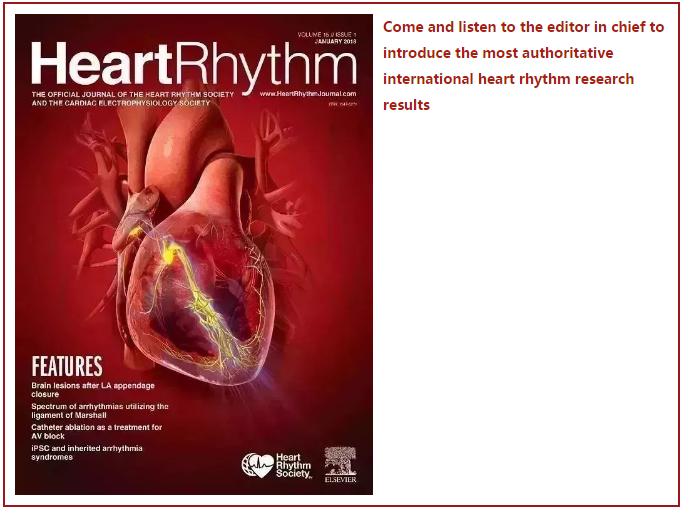
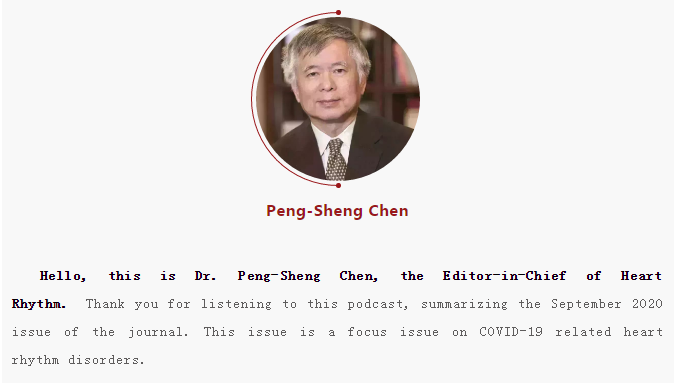
The first paper is titled “Enhanced ECG monitoring of covid-19 patients”. The authors prospectively identified the indication for ECGs in COVID-19 patients, and tagged these ECGs to ensure prompt over reading and identification of those with QT prolongation. This process functioned efficiently, identified a high percentage of patients with QT prolongation, and led to relevant interventions. Arrhythmias were rare. No patient developed torsade de pointes.
The next paper is titled “QT interval prolongation and torsade de pointes in patients with COVID-19 treated with hydroxychloroquine/azithromycin”. This is a retrospective study of 251 patients. The authors found that a combination of hydroxychloroquine/azithromycin significantly prolongs the QTc interval in patients with COVID-19. This risk mandates careful consideration of hydroxychloroquine/azithromycin therapy in light of its unproven efficacy. Strict QTc interval monitoring should be performed if the regimen is given.
Next up is a paper titled “Behavior of the PR Interval with Increasing Heart Rate in Patients with COVID-19”. ECGs from 75 COVID-19 patients were analyzed for PR versus heart rate slope. Of these patients, half showed either no change or paradoxical PR interval prolongation with increasing heart rate. This finding was associated with increased risk of death and need for endotracheal intubation. Therefore, the absence of PR shortening with increased heart rate is a predictor of poor outcomes in COVID-19 patients.
The following paper is titled “COVID-19 and cardiac arrhythmias”. The authors reviewed 700 patients admitted for COVID-19. There were 9 cardiac arrests, 25 incident AF events, 9 clinically significant bradyarrhythmias, and 10 nonsustained VTs. All cardiac arrests occurred in patients admitted to the ICU. In addition, admission to the ICU was associated with incident AF and nonsustained VTs after multivariable adjustment. These findings show that cardiac arrests and arrhythmias are likely the consequence of systemic illness and not solely the direct effects of COVID-19 infection.
Next up is a paper titled “Fatal arrhythmias: Another reason why doctors remain cautious about chloroquine/hydroxychloroquine for treating COVID-19”. The authors performed optical mapping studies in guinea pig and rabbit hearts perfused with hydroxychloroquine. The results showed that hydroxychloroquine markedly increased action potential dispersion, resulted in development of repolarization alternans, and initiated polymorphic ventricular tachycardia. These studies show that hydroxychloroquine is proarrhythmic in animal models.
That paper was followed by a case report showing “Chloroquine-induced torsade de pointes in a COVID-19 patient.” This paper report an 84-year-old woman with COVID-19. She was treated with chloroquine diphosphate 500 mg twice daily. Her QTc was prolonged to 627 ms and she developed torsade de pointes ventricular arrhythmias.The drug was withdrawn and the patient survived the arrhythmia. This is the first case report of torsade de pointes induced by Chloroquine.
Next up is a review article titled “SARS-CoV-2, COVID-19 and inherited arrhythmia syndromes”. Depending on the inherited defect involved, these patients may be susceptible to proarrhythmic effects of COVID-19-related issues such as fever, stress, electrolyte disturbances, and use of antiviral drugs. Here, the authors describe the potential COVID-19-associated risks and therapeutic considerations for patients with distinct inherited arrhythmia syndromes and provide recommendations, pending local possibilities, for their monitoring and management during this pandemic.
Coming up next is a review article titled “Recognizing COVID-19-related myocarditis: the possible pathophysiology and proposed guideline for diagnosis and management”. Human coronavirus-associated myocarditis is known, and a number of COVID-19-related myocarditis cases have been reported. The pathophysiology of COVID-19-related myocarditis is thought to be a combination of direct viral injury and cardiac damage due to the host's immune response. Arrhythmias are not uncommon in COVID-19 patients, but the pathophysiology is still speculative. Nevertheless, clinicians should be vigilant to provide prompt monitoring and treatment. The long-term impact of COVID-19 myocarditis, including the majority of mild cases, remains unknown.
The next article is titled “QT prolongation, torsades de pointes and sudden death with short courses of chloroquine or hydroxychloroquine as used in COVID-19: a systematic review”. Chloroquine and hydroxychloroquine are now being widely used for treatment of COVID-19. Both medications prolong the QT interval and accordingly may put patients at increased risk for torsades de pointes and sudden death. There is compelling evidence that chloroquine and hydroxychloroquine induce significant QT-interval prolongation and potentially increase the risk of arrhythmia. Daily electrocardiographic monitoring and other risk mitigation strategies should be considered in order to prevent possible harms from what is currently an unproven therapy.
Next up is another review article titled “Prophylactic (hydroxy)chloroquine in COVID-19: potential relevance for cardiac arrhythmia risk”. This review provides an overview of the current evidence on (hydroxy)chloroquine therapy in patients with COVID-19 and discusses different strategies for prophylactic (hydroxy)chloroquine therapy. In particular, the potential cardiac effects, including QT prolongation and arrhythmias, were addressed. Based on these insights, recommendations will be presented as to which preventive measures should be taken when giving (hydroxy)chloroquine prophylactically, including ECG monitoring.
That paper was followed by another review article titled “Genetic Susceptibility for COVID-19-Associated Sudden Cardiac Death in African Americans”. African Americans account for 26% of confirmed COVID-19 cases but 43% of COVID-19 deaths. A potentially pro-arrhythmic common variant of SCN5A, present in 1 out of 13 individuals of African descent has the potential to increase the risk of drug- and hypoxia-induced ventricular arrhythmias/sudden cardiac death and contribute to observed racial health disparities in the COVID-19 pandemic. As such, the use of unproven, QTc-prolonging COVID-19-directed therapies, most notably the combination of hydroxychloroquine and azithromycin, should be limited to settings where careful cardiac monitoring can be implemented.
The above papers were followed by three society articles that provide guidance to cardiac electrophysiology practice and arrhythmia monitoring during the COVID-19 pandemic.
There are also regular manuscripts in the journal.
The first one is titled “Significance of fragmented QRS complexes for predicting new-onset atrial fibrillation after cavo-tricuspid isthmus dependent atrial flutter ablation.” The present study included 120 consecutive patients who underwent radiofrequency catheter ablation of typical AFL. Patients with a history of AF before RFCA were excluded. During 3.6 years of follow-up after RFCA, 49 patients (41%) developed new-onset AF. Statistical analysis revealed that the presence of fragmented QRS complexes and advanced interatrial block were predictors of new-onset AF. The authors conclude that the new-onset AF developed in a significant proportion of patients undergoing atrial flutter ablation. The presence of fQRS complexes and advanced IAB were predictors of new-onset AF.
Next up is “Acute and long-term results of bipolar radiofrequency catheter ablation of refractory ventricular arrhythmias of deep intramural origin”. The study included 18 patients who underwent bipolar RFCA for VT. Although unipolar RFCA was performed in all patients, either it failed to suppress VT or VT recurred. The authors found that bipolar RFCA achieved acute success in 16 patients (89%). Complications during the procedure included complete atrioventricular block (n = 2) and coronary artery stenosis (n = 1). At 12-month follow-up, VT reoccurred in 8 patients (44%). While the recurrence rate is high, there was a significant reduction in VT burden among those recurred. More studies will be needed to determine the values of bipolar RFCA in refractory VT.
The next article is “Efficacy and Safety of Combined Endocardial/Epicardial VT Ablation in Chagas Disease. A Randomized Controlled Study”. The authors randomized patients with Chagas disease and VT in a 1:1 fashion to either the endocardial mapping and ablation group or the combined endocardial/epicardial mapping and ablation group. They found that combining endo/epi VT catheter ablation in patients with Chagas disease significantly increases short- and long-term freedom from all ventricular arrhythmias. Epicardial access did not increase periprocedural complication rates.
Coming up is “Anatomical Approach with Bipolar Ablation between the Left Pulmonic Cusp and the Left Ventricular Outflow Tract for Left Ventricular Summit Arrhythmias”. Seven patients underwent Bipolar-RF ablation from the left pulmonary cusp to the LVOT in patients who failed conventional RFCA. Bipolar-RF ablation resulted in ventricular arrhythmia suppression in 5 of 7 patients. The authors conclude that in patients with LV summit arrhythmias arising from the inaccessible region and refractory to conventional RF catheter ablation, an anatomic approach using Bipolar-RF ablation from the left pulmonary cusp to the opposite LVOT is an effective alternative approach.
Next paper is “Ostial dimensional changes after pulmonary vein isolation: Pulsed field ablation vs radiofrequency ablation”. Data were analyzed from 4 paroxysmal atrial fibrillation ablation trials using either pulsed field or RF for ablation. PV ostial diameters decreased significantly less with pulsed field than with RF. PV narrowing or stenosis was not observed in pulsed field ablation versus about 1/3rd of PVs and patients who underwent RF ablation. This study indicates that the incidence and severity of PV narrowing/stenosis after PV isolation is virtually eliminated with pulsed field ablation.
Up next is “Subcutaneous implantable cardioverter-defibrillator troubleshooting in patients with left ventricular assist devices: A case series and systematic review”. The authors report 4 patients who developed electromagnetic interference in the primary and/or secondary vectors after LVAD implantation, resulting in inappropriate ICD shocks in 2 patients. Eight studies involving 27 patients were identified in the systematic review. The authors conclude that undersensing and electromagnetic interference are common after LVAD implantation in patients with an S-ICD in situ, particularly in the primary and secondary sensing vectors. Undersensing in the alternate vector may improve during follow-up, obviating the need for device revision or extraction.
The next article is “Percutanoeus approaches for retrieval of an embolized or malpositioned left atrial appendage closure device: a multicenter experience”. Ten successful percutaneous and 1 surgical retrievals comprised this study. The duration before delayed retrieval ranged from 1-45 days. The reason for retrieval from the LAA was inadequate deployment, resulting in a significant peri-device leak. Five patients were successfully reimplanted with a larger size WD. The authors conclude that retrieval of an embolized or malpositioned Watchman closure device is feasible, and familiarity with snares and grasping tools can facilitate a successful removal.
Coming up next is “Axillary vein puncture guided by ultrasound vs cephalic vein dissection in pacemaker and defibrillator implant: A multicenter randomized clinical trial”. This prospective, multicenter clinical trial included 88 adult patients randomized 1:1 to Axillary vein puncture versus Cephalic vein dissection. For the primary outcome, a higher success rate was observed in the axillary group, as well as a lower rate of venous access site change and shorter time to obtain venous access and procedural time, with no difference in complication rate. These results indicate that the axillary approach was superior in terms of success rate, time to obtain venous access and procedural time, with similar complication rate.
The next article is “Tachyarrhythmia Discriminator for Implantable Cardioverter-Defibrillators in Bundle Branch Block”. The purpose of this study was to evaluate the ability of a novel discriminator using far-field and near-field right ventricular lead electrograms to differentiate VT from SVT in patients with underlying conducted narrow QRS, RBBB, and LBBB. The authors found that far field to near field interval cutoff of 100 ms was 100% specific for VT discrimination regardless of underlying QRS morphology. The authors conclude that prolonged far-field to near-field interval on intracardiac EGM during tachycardia is a highly specific discriminator for VT, regardless of baseline QRS morphology.
Coming up is “Outcomes of Subcutaneous Implantable Cardioverter Defibrillator in Dialysis Patients: Results from the S-ICD-Post Approval Study”. There were 220 patients on hemodialysis at the time of implantation out of 1637 patients enrolled in the S-ICD post approval study. The authors found that subcutaneous ICD is associated with similar adverse event rates but a higher risk of inappropriate and appropriate therapy in dialysis patients than in nondialysis patients.
The next article is “Safety and Efficacy of Leadless Pacemaker for Cardio Inhibitory Vasovagal Syncope”. The authors studied 72 patients, including 24 with leadless pacemaker and 48 with conventional transvenous pacemaker and followed them up for a year. They found that in patients with Cardio Inhibitory Vasovagal Syncope, single-chamber leadless pacemaker demonstrated equivalent efficacy in reducing syncopal events compared to dual-chamber conventional transvenous pacemaker, with a similar safety profile.
The next one is “Small-conductance Ca2+-activated K+ channels promote J-wave syndrome and phase-2 reentry”. The authors carried out computer simulations of single-cell and tissue models. SK channels in the model were assigned to preferentially sense Ca2+ in the bulk cytosol, subsarcolemmal space, or junctional cleft. The results show that colocalization of SK channels with L-type Ca2+ channels allows the SK channel to preferentially sense Ca2+ in the subsarcolemmal or junctional space, leading to spiky SK current, which can functionally play a similar role of the transient outward K+ current in promoting J-wave syndrome and ventricular arrhythmias.
Coming up next is “Role of Angiopoietin-Like Protein 2 in Atrial Fibrosis Induced by Human Epicardial Adipose Tissue: Analysis Using Organo-Culture System”. Human peri-left atrial epicardial adipose tissue and abdominal subcutaneous adipose tissue were collected from 9 autopsy cases. The epicardial adipose tissue-conditioned medium induced atrial fibrosis in organo-cultured rat atrium with a progressive increase in the number of myofibroblasts. The angiopoietin-like protein 2 contained in epicardial adipose tissue played a crucial role in inflammatory atrial fibrosis. These results also suggested that antagonizing the expression of angiopoietin-like protein 2 in epicardial adipose tissue can be a novel therapeutic approach to prevent atrial fibrillation.
The next paper is “A Direct Comparison of a Novel Antitachycardia Pacing Algorithm Against Present Methods Using Virtual Patient Modeling”. Virtual patient scenarios were constructed from MRI and EP data. Cardiac EP simulation software was used to generate reentrant VT. Antitachycardia pacing was then attempted to terminate the VT. The authors found that automated ATP successfully adapted ATP sequences to terminate VT episodes that burst ATP failed to terminate. Automated ATP was successful, with complex scar geometries and EP heterogeneity as seen in the real world. This new algorithm may improve the outcomes of ATP.
